How to self tan your face for a lasting and radiant, post-holiday glow - per the experts
To cheat your way to a radiant complexion, here's how the experts say you should self tan your face...
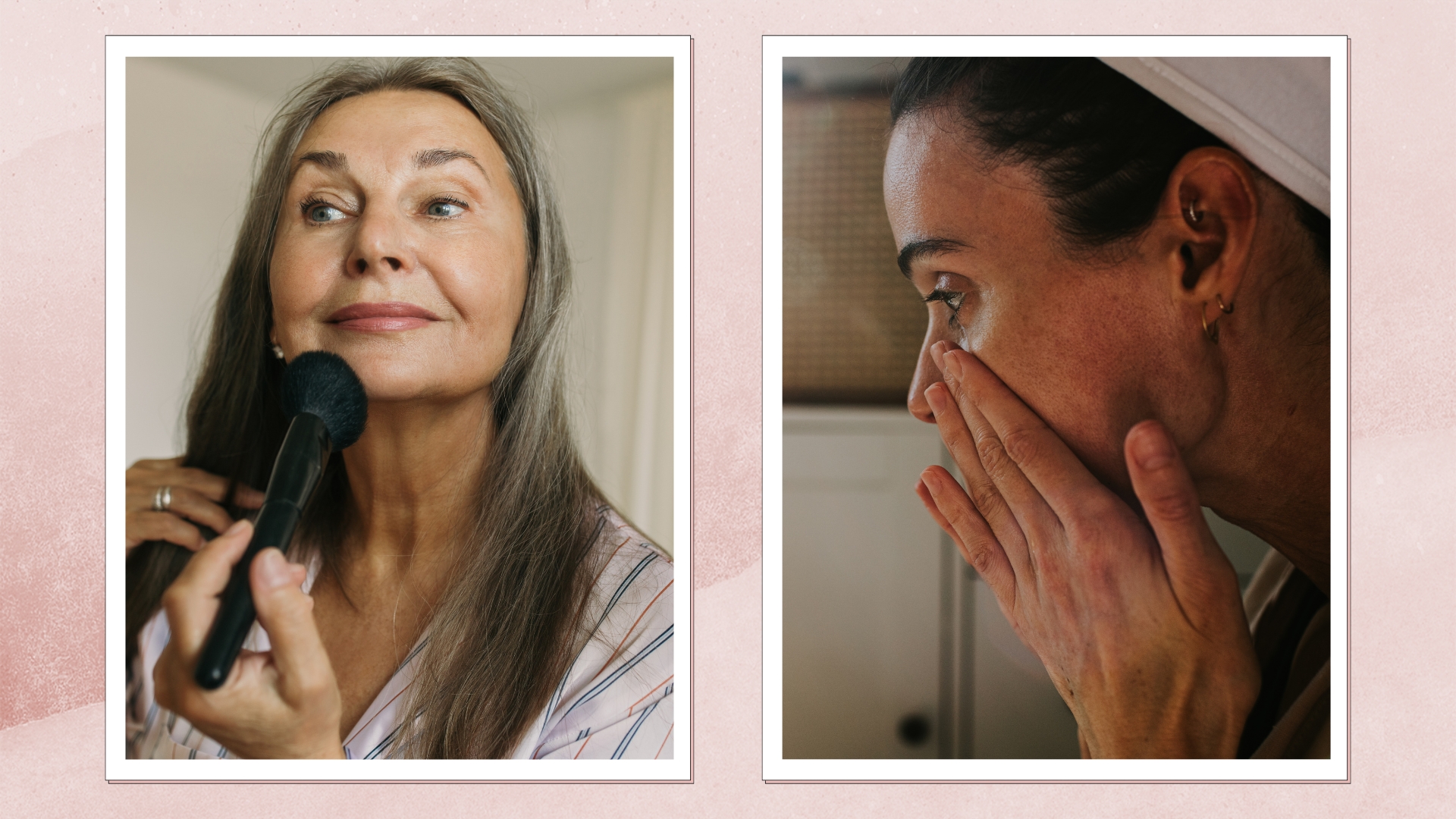

Naomi Jamieson
For a seamless and natural-looking glow, learning how to self tan your face - from the prep to the maintenance - is key, and while the process is similar to tanning your body, there are a few extra considerations to note...
While the best fake tans for mature skin (and the like) can be a little daunting, especially if you're a beginner, once you've mastered the method, a future of sunkissed skin - no matter how underwhelming the summers - lies ahead. The same goes for using the best fake tans for your face, once you have the routine down pat, the benefits are plentiful. The main one, of course, is that you're not harming your skin by sitting out in the sun to get a 'real' colour. "Self-tan is effortless, causes no skin damage, and modern products contain ingredients that can actually improve the health of your skin – helping with things like brightness and hydration," says Michaella Bolder, St.Tropez Tanning & Skincare Expert. "It’s the safest way to achieve a golden, natural glow."
So, to help you achieve a believable bronze rather than channelling a tangerine, we've quizzed Bolder and other tan experts for their top tips for applying self tan to your face.
How to self tan your face, according to the experts
For the perfect faux glow, simply dousing your face in your favourite best instant tans is alas, not the way to go - especially if you want to avoid streakiness. Prep is key, as is considering the formula for the finish you're hoping to achieve. But fear not, the pros have outlined everything you need to know.
Your quick guide to applying self tan to your face
Before we dive into our full, expert-led guide, if you're in a rush or just need a refresher on the basics, we've also compiled a streamlined, step-by-step list of key prep and application tips...
- Exfoliate your skin: The experts say to exfoliate your face, ideally between 24-48 hours before applying your tan and with a chemical exfoliator rather than a facial scrub. This will help shift any old fake tan and prep the skin.
- Keep your skin hydrated: Make sure to apply your favourite serums and moisturisers after exfoliating and ahead of your self-tan regime, to keep your skin smooth and hydrated.
- Use a specifically designed product: For the perfect, sunkissed complexion, it's best to opt for a formula that has been designed for use on the face - a mist or tanning drops for instance.
- Cover your hairline and brows: The pros recommend wearing a headband and applying Vaseline to your eyebrows before application, to ensure no tan stains your hair - and gives your faux glow away.
- Try contouring: 'Tantouring' is a great way to subtly sculpt your face and will last far longer than your go-to bronzer on contour products. Use your favourite makeup brush or a curved fake-tan brush to apply your chosen formula under your cheekbones, your forehead and anywhere else you want to define.
1. Prep your skin
A good tan requires good prep, and scrimping on this is one of the key culprits behind a patchy or streaky finish. Understanding how to fake tan your face requires a bit of forward planning, and ideally, you want to exfoliate your skin between 24-48 hours before you apply your tan.
"This creates a fresh canvas and can help to shift any prior tan build-up," explains Marc Elrick, founder, and CEO of Tan Luxe. "I would always recommend using a chemical exfoliator over a granular one, purely for the reason that they’re gentler on the skin." Make sure you’re keeping your skin nice and hydrated in the lead-up to tanning with a good serum and your best face moisturizer.
Sign up for the woman&home newsletter
Sign up to our free daily email for the latest royal and entertainment news, interesting opinion, expert advice on styling and beauty trends, and no-nonsense guides to the health and wellness questions you want answered.
With your skin soft, smooth and good to go, cleanse your face to make sure you’ve removed any makeup, SPF, and general daily grime from the surface of your skin. If any of these are still lurking around, your tan won’t be able to work as effectively.
2. Protect your hairline and brows
Fake tan temporarily tints the surface of your skin, and that means you have the potential to colour your hair too. Those with blonde or grey hair are most at risk of a noticeably orange hairline or brows, but even brunettes can develop a ginger tinge. "Keep your hair away from your face with a decent-sized toweling headband before tanning," advises leading tan expert James Harknett. “Protect your eyebrows too by using Vaseline or barrier cream.”
If you forget this prep, wiping a flannel with a little moisturizer on it through your brows after applying tanner works as a backup. Remember that fake tan can also distort the shade of eyebrow tint, so lay off the fake stuff for a few days before your next brow appointment.
3. Pick a tool
Not sure what tools you need when learning how to self tan your face? Whether you use your hands, a mitt, or a brush depends on the formula you’re using and the finish you’re hoping for. A mousse tends to work best with a mitt, while a mist is easily blended out with a brush and a cream with your hands. "I advise people to use the leftover tan on the application mitt for their face [after tanning the body] so you don’t go too dark," says Skinny Tan’s tanning expert Claire Lambert. "If you use a tanning brush you could add some contour to your face and blend it into your hairline too."
"You can use your fingers - or I like to blend my self-tan with a large makeup brush for an effortless and even finish," adds Bolder. If you are using your fingers, make sure you wash them with warm, soapy water after application and read up on how to get fake tan off your hands to correct any mishaps.
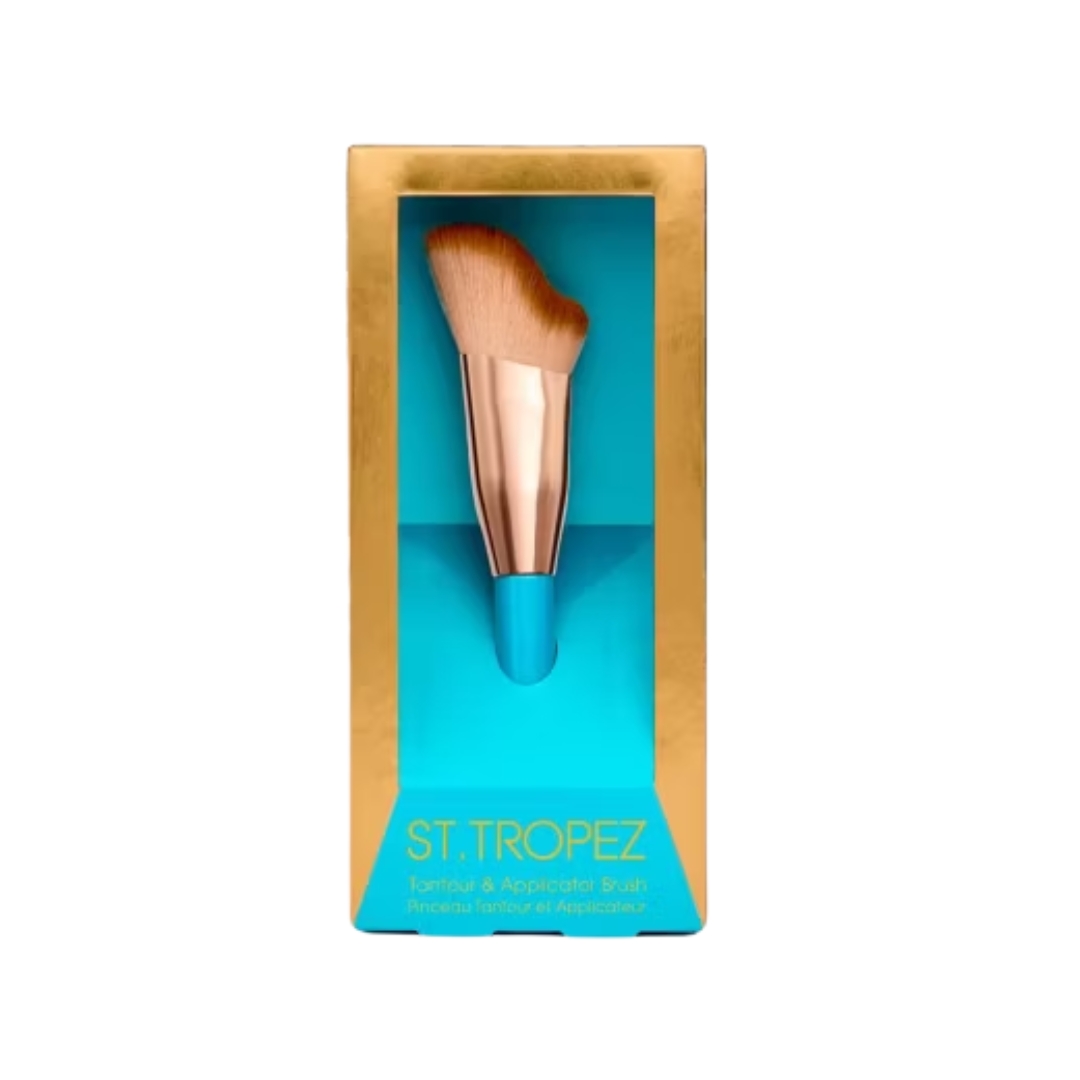
RRP: £20
If you're using a mist or are wanting to contour and sculpt your face with your tanning products, a brush like this angled one from St Tropez, is a great option.
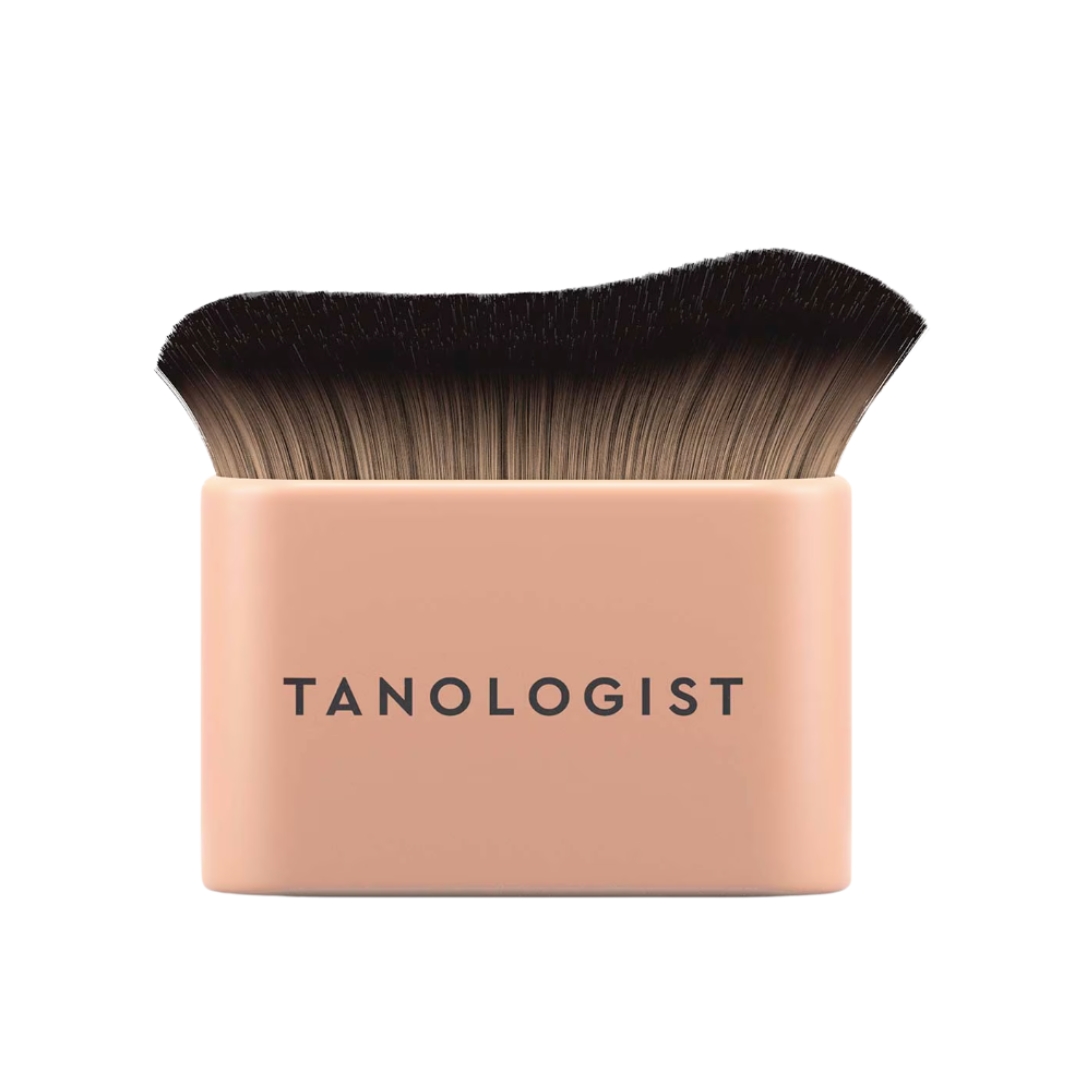
RRP: £12.99
Similarly, this curved brush from Tanologist is the perfect tool for evenly spreading your tanning drops or mists across your face. It also works for your body, making it quite the multi-tasker in your tanning regime.

RRP: £12
If you prefer a mousse formula, a tanning mitt - like this one from Coco & Eve will work best to gently spread and blend.
4. Use a face-specific product
"It’s not unsafe to use the same tan on both areas, but I would recommend using something specifically formulated," advises Elrick. "You wouldn’t apply your body moisturizer to your face, right? These areas have different needs. For example, on the face, we include more anti-ageing actives, and there’s a real firming focus for the body."
When you apply fake tan, you miss out on the opportunity to use your regular skincare for that morning or evening, so it’s nice to find a formula that contains the sort of ingredients you’d normally be using. "When applying self tan to your face, look for the ingredients in your skincare serum," advises Bolder. Many facial tanners include things like hyaluronic acid to hydrate, ceramides to nourish, and niacinamide to soothe.
5. Choose your tanner type wisely
"It comes down to personal preference," says Bolder. "A mist is great for beginners to apply an even veil across the face, while tanning drops are great to add buildable coverage."
DHA, the active ingredient in tan, is notoriously dehydrating. If your complexion leans dry, counteract this with a cream-based gradual tan that’s packed with nourishing ingredients. Mousses are good but can be quite sticky, so not everyone will enjoy the feeling of them on their skin. Alternatively, mists are great if your complexion is congested or oily as they’re much lighter. Tanning drops that you can mix with your moisturizer are a crowd-pleaser for all skin types, and are nice and easy to slot into your routine.
Our beauty editor recommends...
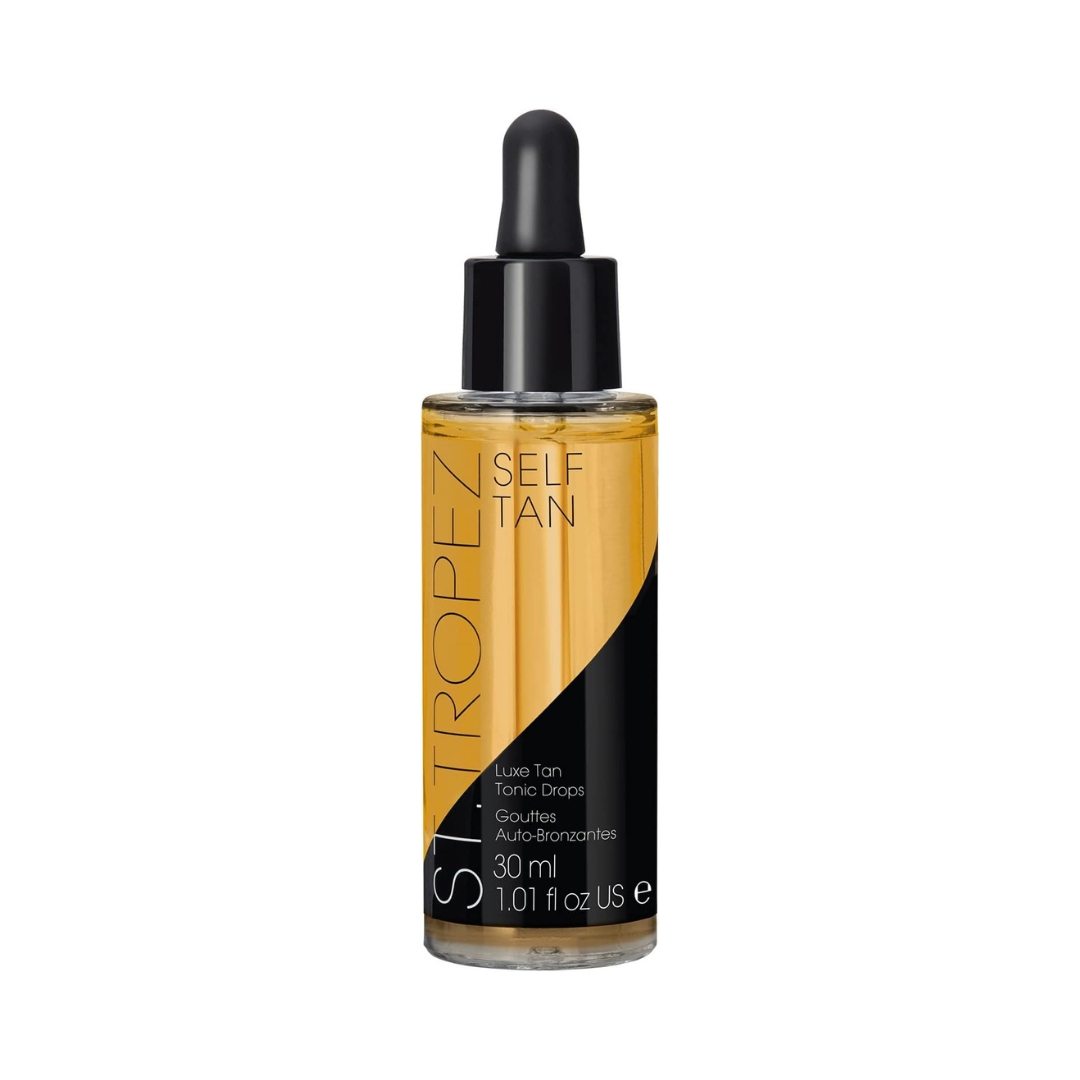
RRP: £30
A sophisticated formula packed with niacinamide and hyaluronic acid, this tan will plump and soothe skin at the same time as adding a glow. Apply directly to the skin or dilute by mixing it with your moisturizer.
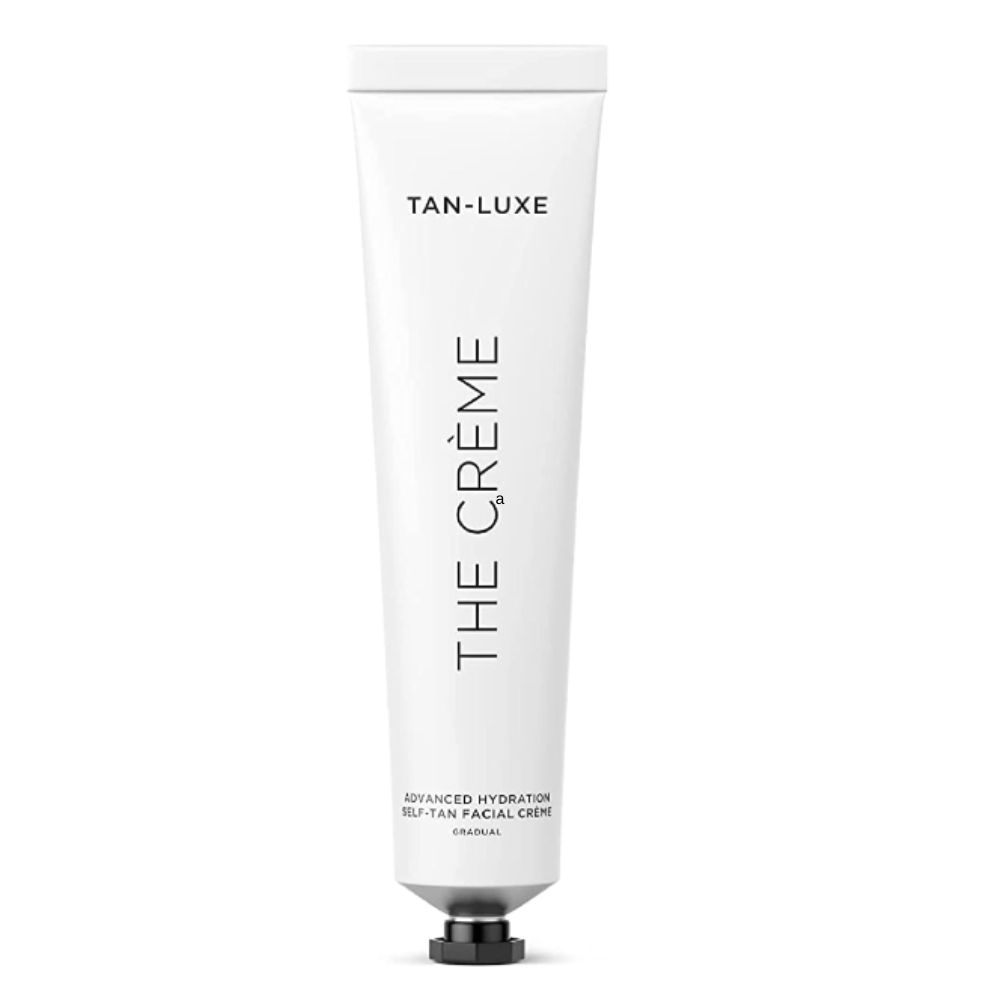
RRP: £39
Imagine a gradual tan and a rich moisturizer had a baby – this is the result. This luxe lotion is jam-packed with ingredients like antioxidants to brighten and squalane to nourish.
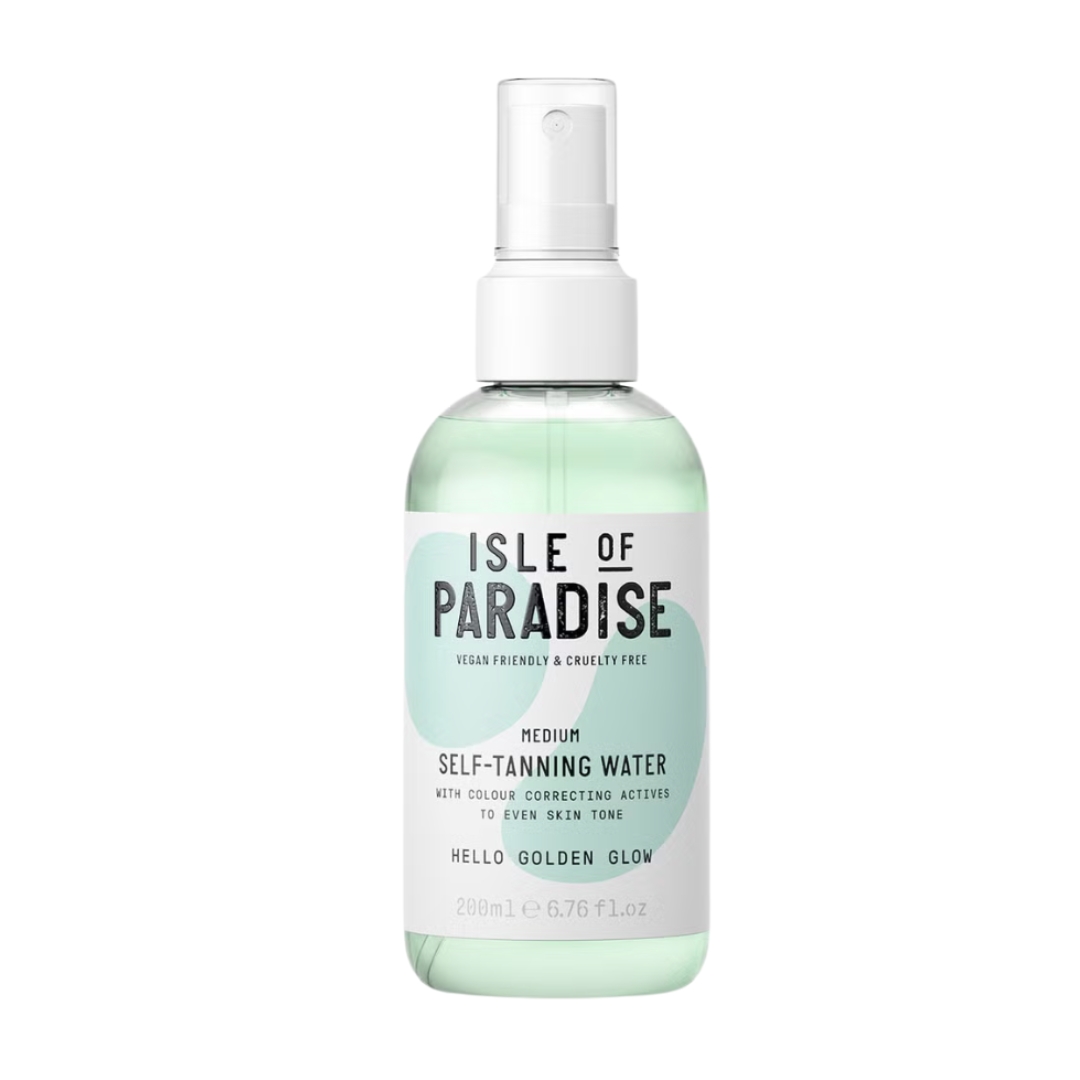
RRP: £21.95
Available in three shades, this easy-to-use tanning water soaks into the skin almost instantly for mess and fuss-free tanning. The light texture means it won't block pores either. Available in three shades.
6. Think about shade and undertones
There’s no one-size-fits-all shade of fake tan. The exception to this is express tans, which can be adapted by the length of time you leave them on before showering. Remember your shade will vary depending on the time of year, and whether or not you’ve got a natural glow. Not got the right shade to hand? "You can be smart with your tan," says tanning guru and co-creator of Isle of Paradise, Jules Von Hep. "One coat of a medium-based tan will roughly equal two coats of a light tan, and one coat of a dark tan will roughly equal two coats of a medium tan."
One of the biggest fake tan mistakes people make is not taking their undertones into account. Your undertone is consistent, and won’t change no matter how sun-starved or tanned your skin is. There are three – warm (which has yellow or golden tones), cool (which has red, pink, or blue tones), and neutral (which is a mix of both). "If you find your tan is looking orange, this is likely because your undertone is off," explains Bolder. "For instance, if you have a pink undertone, look for a green-based self-tan."
7. Finally, consider contouring
Just as tantouring can create the illusion of a more toned physique, you can also use the fake stuff to hone and exaggerate your facial features too. "Your set of makeup brushes will come in handy not only to apply your self-tan but also to contour and add depth to your tan or makeup," advises Bolder. "I like to add some self-tan beneath my cheekbones and corners of the forehead to enhance my contours."
Building up a little more colour in the places where the sun naturally hits, like your forehead, nose, the tops of your cheeks, and your chin, will also help to create a really convincing finish. If you're nervous, you could always have a go with one of the best instant tans or best bronzers first before trying it with a developing self-tan.
Your facial fake tanning FAQs
Why does fake tan fade faster on your face?
Meticulously applied a tan all-over only to find that the glow on your face has disappeared quicker than the rest of your body? Don’t worry, this is a very common tanning problem. "As we wash and apply different products on our face more regularly, the tan can often fade more quickly compared to on your body," says Elrick. "As a result, you might need to reapply here more frequently."
The ingredients in your skincare will impact the speed your tan fades too. "Any products you’re using in the evening that contain exfoliating acids or retinol will fade your tan," Elrick continues. And the same goes for slapping on your best face oils, which can dissolve DHA. The key to how to make a tan last longer? "I would always recommend reapplying your facial tanner the morning after using any exfoliating products. You should treat your fake tan like a natural suntan by keeping your skin hydrated between applications. This keeps your glow going for longer and ensures an even, natural fade."
Will applying fake tan to your face give you spots?
Alongside is fake tan bad for your skin, one of the most commonly asked faux glow questions is whether or not it will give you spots. This won’t be the case for everyone, but some people find that applying self tan leaves them with breakouts. "It shouldn’t cause spots, but be careful on your face if you have clogged pores," says Lambert. "Make sure you’re also looking after your skin with face washes and regular exfoliation."
There are a few potential reasons behind these blemishes. The first is that fake tan can dehydrate the skin, which then triggers our complexions to make more oil to compensate. This excess oil can then combine with dead skin cells to block pores. Certain tan formulas can clog pores too. Another factor is that in order to use tan you often have to adapt or skip parts of your normal skincare routine, which might mean you’re using fewer blemish-busting ingredients like salicylic acid and retinol. If this is the case, you might want to lay off the fake stuff until your skin is in a more balanced place.
Jess Beech is an experienced fashion and beauty editor, with more than eight years experience in the publishing industry. She has written for woman&home, GoodtoKnow, Now, Woman, Woman’s Weekly, Woman’s Own and Chat, and is a former Deputy Fashion & Beauty Editor at Future PLC. A beauty obsessive, Jess has tried everything from cryotherapy to chemical peels (minus the Samantha in Sex and The City-worthy redness) and interviewed experts including Jo Malone and Trinny Woodall.
- Naomi JamiesonDigital Beauty Writer
-
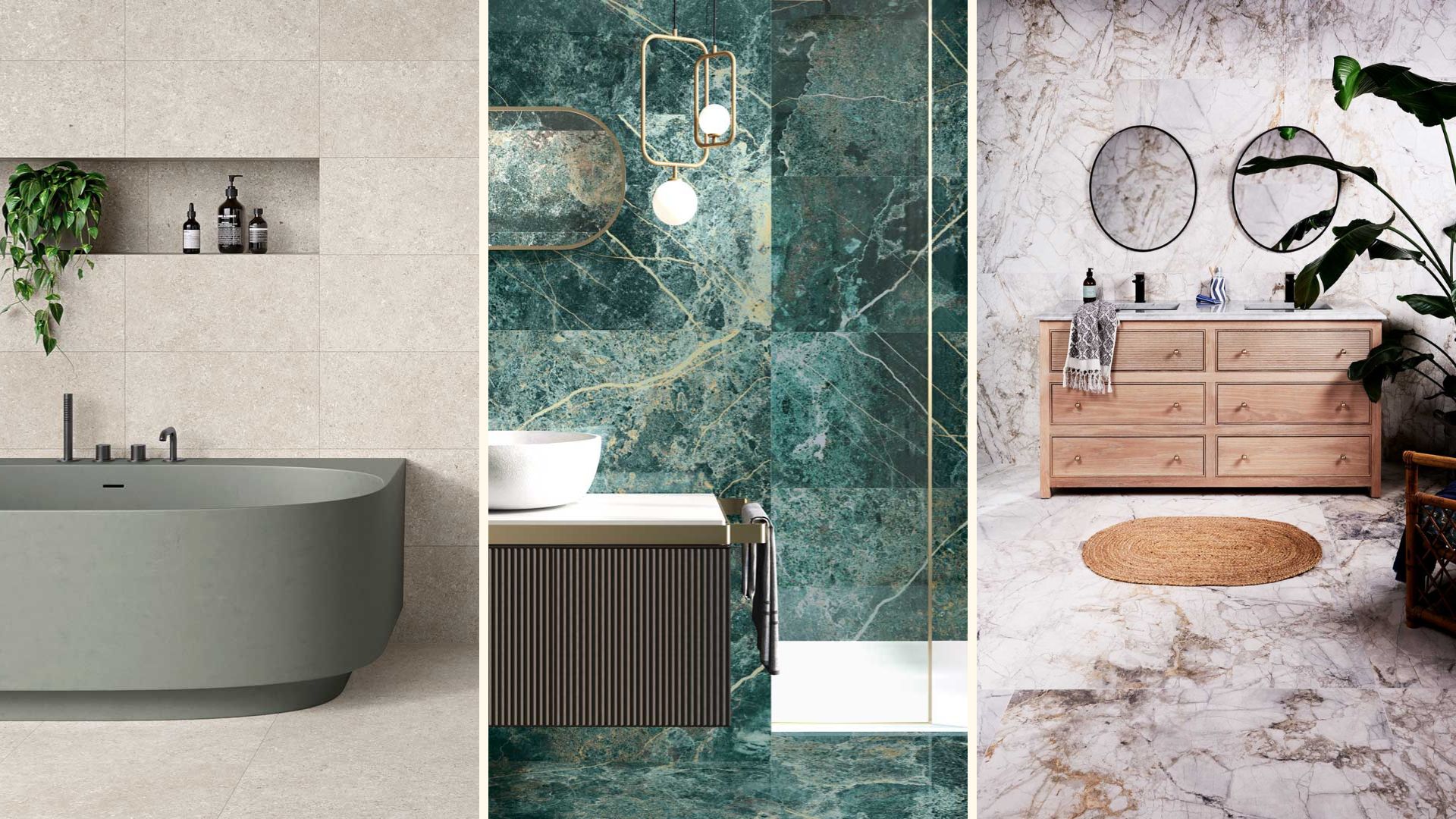 What is ‘tile drenching’ and why is it the biggest design trend of 2025?
What is ‘tile drenching’ and why is it the biggest design trend of 2025?Expert insight and guidance on ways to bring this popular trend into your home, no matter your style
By Natasha Brinsmead Published
-
 Are ice baths good for you? This longevity expert says there's 'no benefit' for women - here's why
Are ice baths good for you? This longevity expert says there's 'no benefit' for women - here's whyIt's good news for those who'd rather avoid an icy dip, as a leading longevity expert has revealed why ice baths might not have positive effects for women
By Grace Walsh Published
-
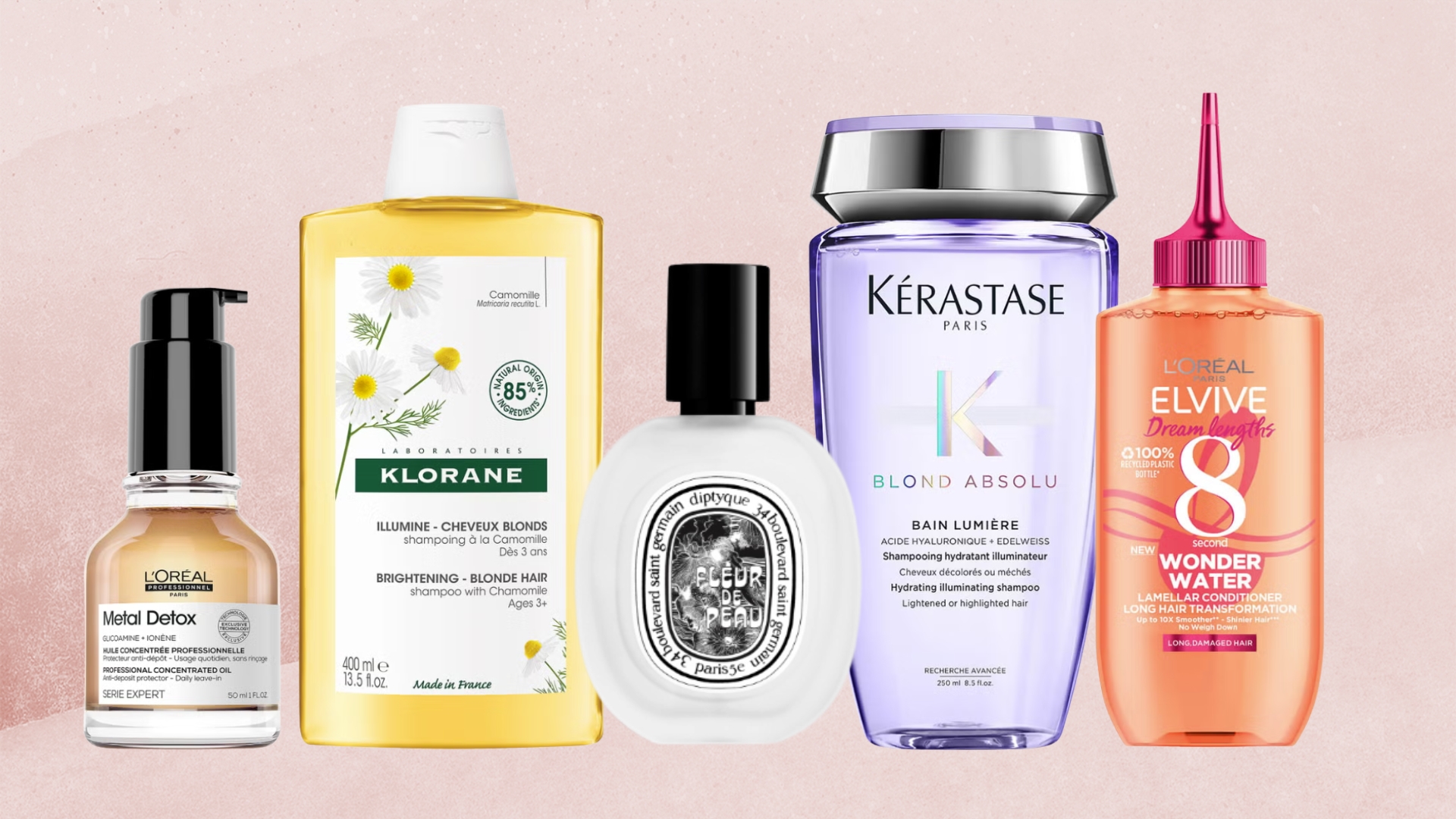 For chic and glossy strands, these are the French hair products our team swear by
For chic and glossy strands, these are the French hair products our team swear byWe'd love to do as the French women do and keep mum on our go-to haircare buys, but they're simply too good not to share...
By Naomi Jamieson Published
-
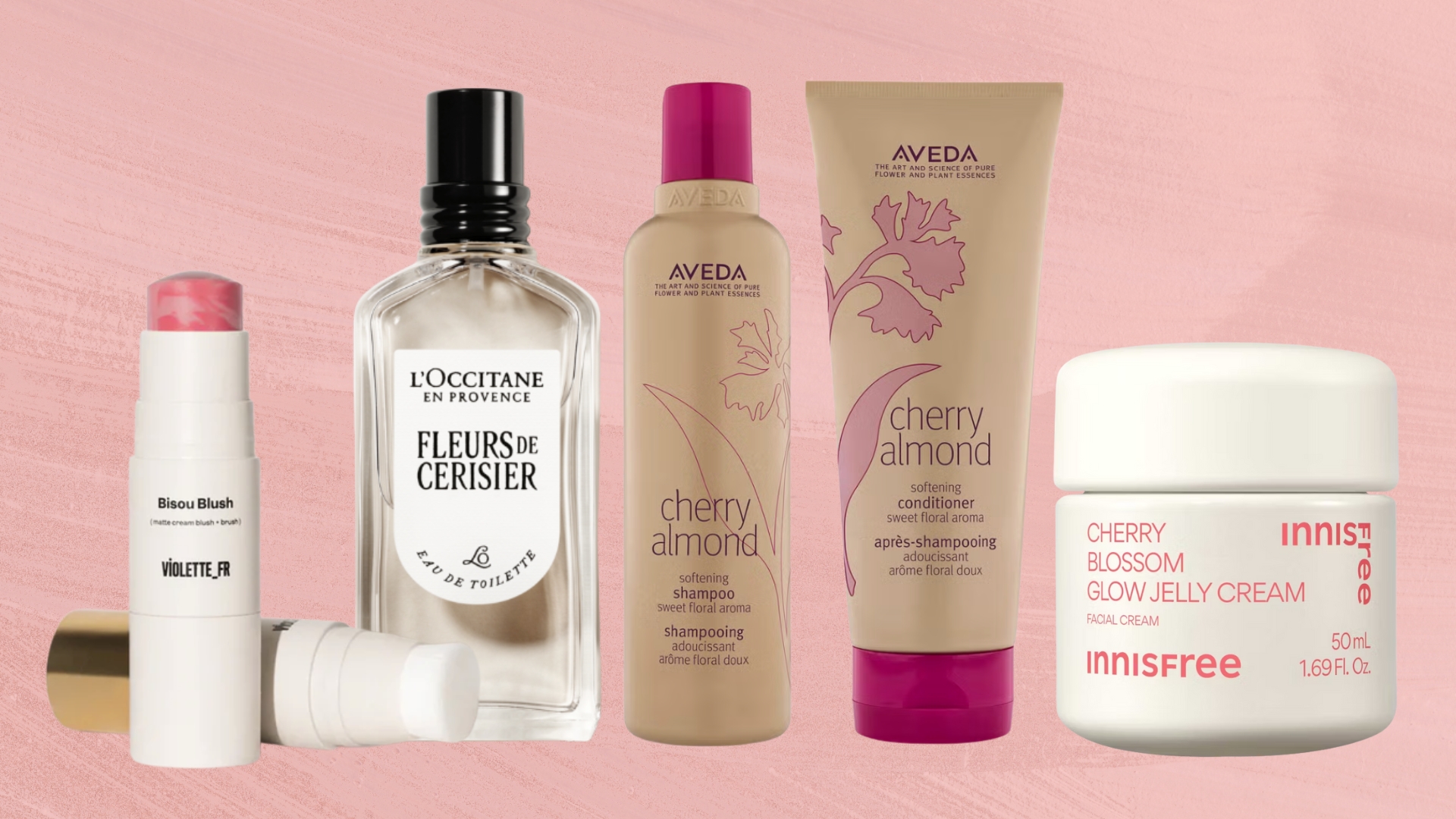 Everyone's reaching for cherry blossom-infused beauty this spring - here are 9 buys we love
Everyone's reaching for cherry blossom-infused beauty this spring - here are 9 buys we loveFrom delicate, floral fragrances to cherry blossom-powered skincare, the beauty world is besotted with the pink flower this spring...
By Naomi Jamieson Published
-
 What self-tan does Kate Middleton use to achieve her natural-looking golden glow?
What self-tan does Kate Middleton use to achieve her natural-looking golden glow?The Princess of Wales is never seen without an effortlessly radiant, golden complexion
By Sennen Prickett Published
-
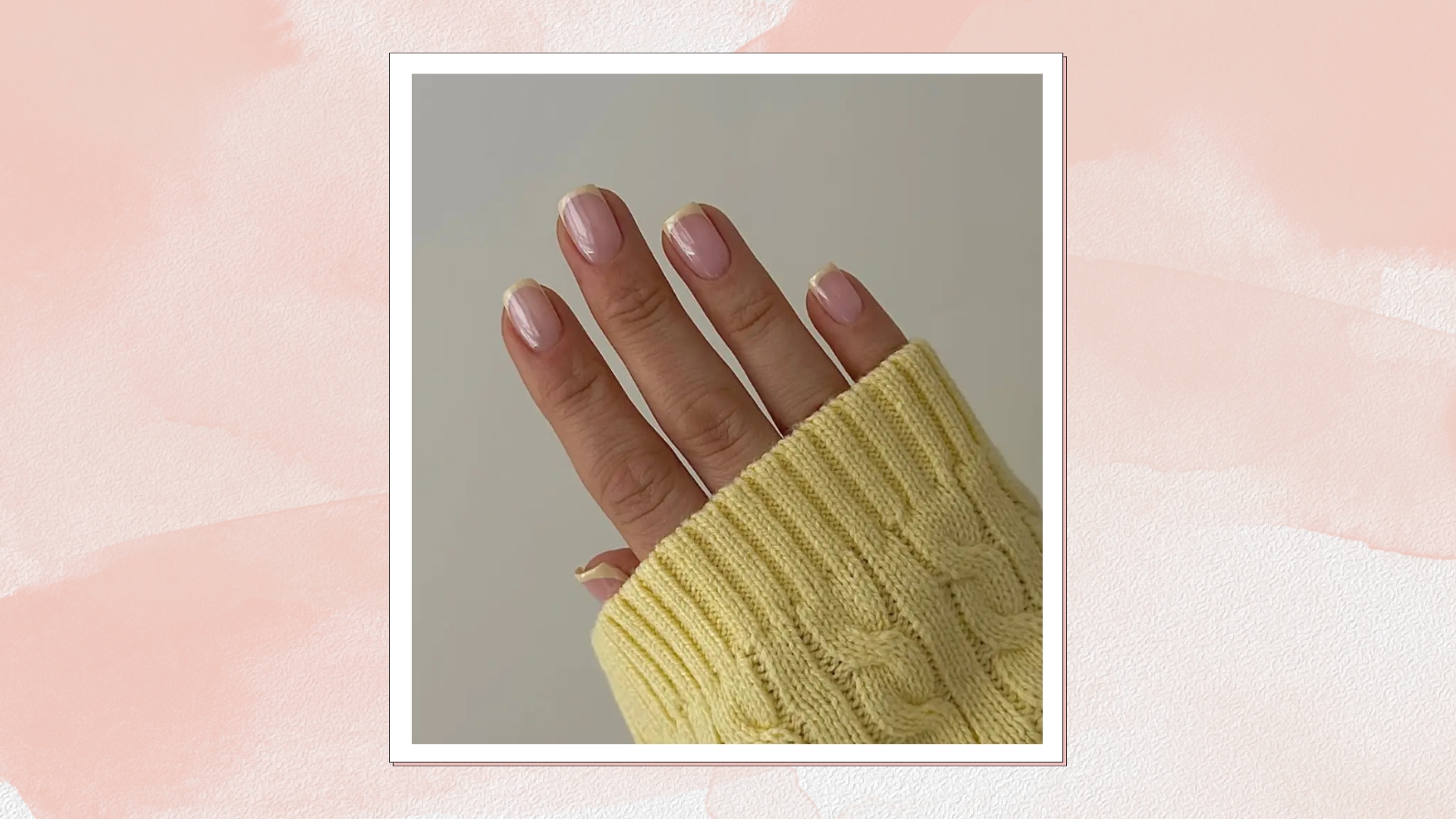 Balancing minimalism with spring themes, pastel French tip nails are a must this season
Balancing minimalism with spring themes, pastel French tip nails are a must this seasonFrom butter-yellow to the classic milky white, these are the eight pastel Frenchies you can rotate for spring - and beyond
By Naomi Jamieson Published
-
 The £8 'miracle in a bottle' hair serum Trinny describes as 'utterly brilliant'
The £8 'miracle in a bottle' hair serum Trinny describes as 'utterly brilliant'Restoring the health of your strands, this clever fuss-free serum works its magic as you sleep
By Sennen Prickett Published
-
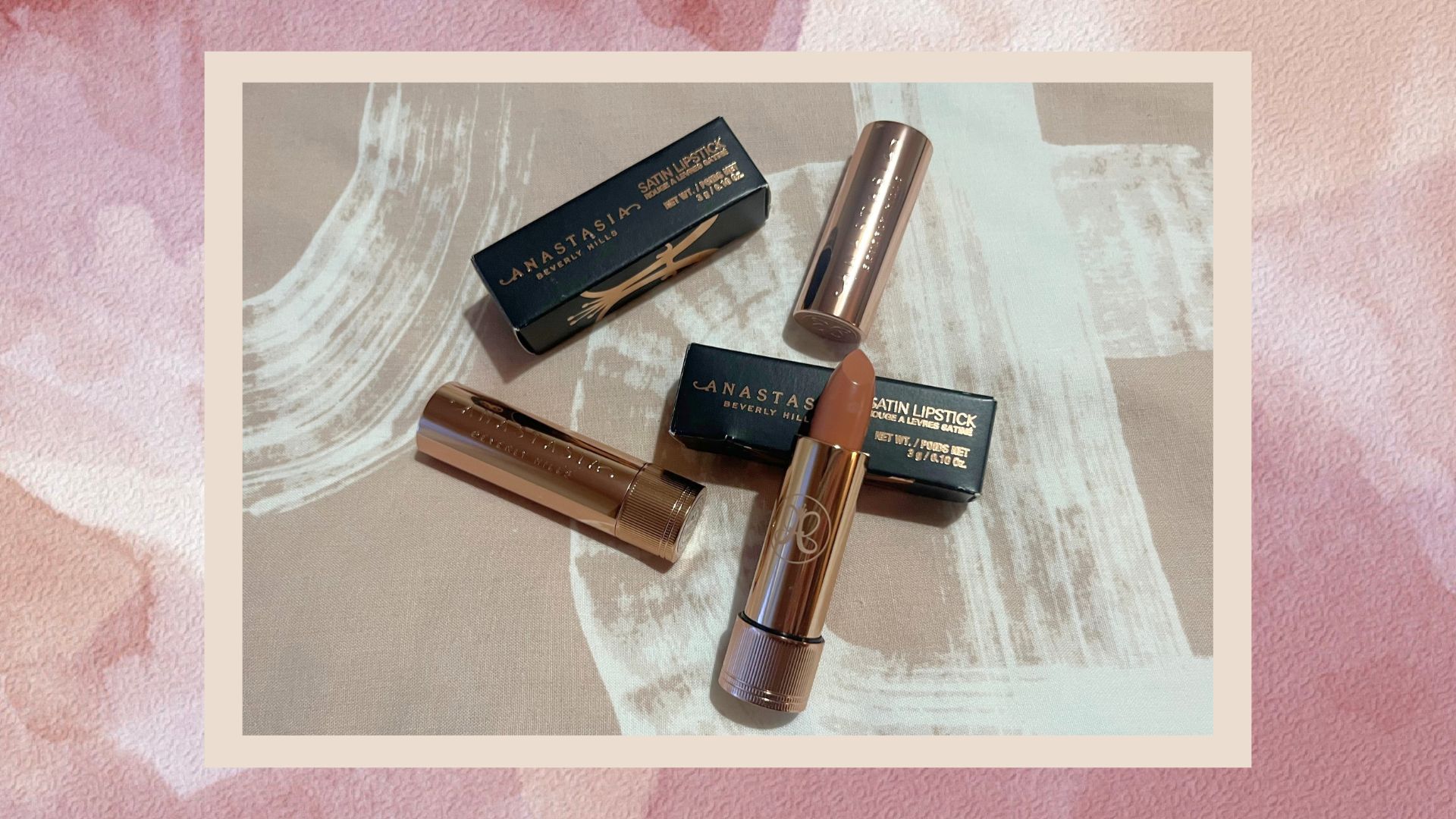 Whenever I wear this lipstick, I'm asked what shade it is - I think I've found the perfect nude
Whenever I wear this lipstick, I'm asked what shade it is - I think I've found the perfect nudeAfter years of searching, our beauty writer reveals the butter-soft pink-brown lipstick she wears every single day
By Annie Milroy Published
-
 Ruth Langsford's clever £8 trick for covering root regrowth between appointments
Ruth Langsford's clever £8 trick for covering root regrowth between appointmentsBoth mess-free and fuss-free, Ruth Langsford's go-to haircare buy refreshes her colour in seconds
By Sennen Prickett Published
-
 The White Lotus' Michelle Monaghan never leaves the house without this concealer - and we get why
The White Lotus' Michelle Monaghan never leaves the house without this concealer - and we get whyThe staying power of Michelle Monaghan's concealer in just her makeup bag alone is reason enough to invest...
By Naomi Jamieson Published